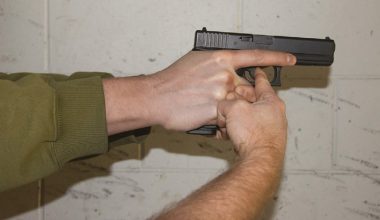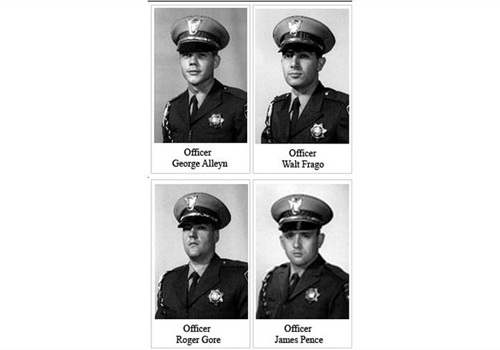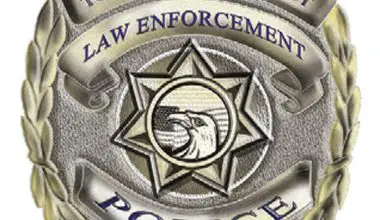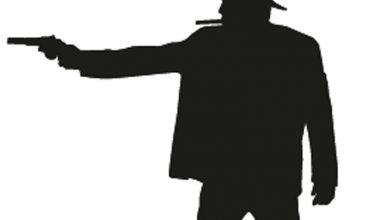I have been asked through the years which weapon system to concentrate training upon when such a choice exists. Unequivocally it would be the handgun.
For over two and a half decades, I have been involved in defending in the courts individuals who needed to use deadly force. Only a very small fraction of these cases involved the shotgun or rifle. The extremely high 90 percentile involved employment of the handgun.
Within a uniformed deployment, the handgun is oftentimes the only weapon system on scene.
Many shootings resolve themselves around totally unexpected, extemporaneous scenarios that are initiated on one level and within moments devolve into deadly force evolutions. One does not always have access to the long arm. Three of my own shootings involved the handgun and two the shotgun, both pump and semi-auto. Statistically speaking, this is not the norm.
The vast majority of departments concentrate on the handgun as opposed to the rifle or shotgun. The LAPD is a prime example, as all officers must qualify every other month with 30 rounds from the handgun and twice a year on the shotgun. The only rifle training is for those limited officers who are voluntarily equipped with the patrol rifle.
In an off-duty capacity, the only obvious choice is the handgun. While cutdown rifles such as Steve McQueen’s lever-action in the early 1960s TV series Wanted: Dead or Alive are inherently Hollywood sexy, they would not wash well on a night out on the town.
Shortened shotguns slung with para-cord under the jacket would be a bit cumbersome as well. Cool perhaps, but far removed from practicality. Nope, you’re pretty much relegated to the handgun.
With all this established, it is imperative that officers grasp the fact that it will most probably be the handgun and not the rifle or shotgun that will be called upon when the ball goes up.
Remarkably, quite a few officers have related their take on this subject to me in the following manner: “Well, I’ll just take the shotgun/rifle if it gets dicey.” This is a solid formula, but only if one can accurately predict the future. Virtually any situation can go south when dealing with other humans, and that which initiates in a benign manner can transcend into unmitigated chaos within seconds or fractions thereof. I know.
The pistol should be solid, reliable, clean, and practiced more heavily with. It must be capable of being run “at speed” and at distance when called upon. A 15- or 25-yard qualification phase of fire will be mildly interesting when confronting an active shooter at 100+ yards. The LAPD has had a number of shootings in the past in excess of 25 and even 50 yards employing the handgun. And that’s just one department.
In olden times, one could observe officers deploying a plethora of handguns on any given force, and they ran the gamut in terms of models and quality. The problem was that some pistols mostly used insufficient calibers/loads. Most departments now issue quality firearms and better loads. This is a good thing.
Some departments allow for additional training if an officer so desires. Unfortunately, many do not take advantage of this.
Another subject is cleaning and maintaining the pistol. This requires discipline and attention to detail. In the midst of a lead-throwing party is neither the time nor the place to discover that the magazines or pistol are not functioning properly. When cleaning, one is also looking for fractures, deformation, fouling build-up, or unusual wear that demands attention.
Magazines are often overlooked in the maintenance phase. The magazine is the weak link in the anchor chain. If the follower does not operate smoothly, you could be down to a single-shot pistol, which is rather sporting and fair to the bad guy but not necessarily in your best interest. Ammunition should be changed out at least every six months as well.
I have long advocated marking one’s sights to ensure that a quick visualization of them shows they have not shifted. This can be accomplished with something as simple as a spot of nail polish on the rear sight running onto the slide. Any subsequent shift would evidence a displacement or crack in said marking. (I prefer a deep red “Moonlight Madness” coloration.)
The same can be applied to either side of the front sight as well. It would be very frustrating indeed to discover one had done everything correctly yet missed in the field due to the simple fact that, unbeknownst to the shooter, the sights had shifted.
One should get to know the pistol such that it is as intimate a process as one could imagine. You’re going to bet your life, your partner’s, family’s, or citizen’s life on that simple piece of ordnance. You may only get one shot at it (no pun intended), and it has to be right, onboard, and dependable.
No one can accurately predict which firing solution you will be called upon to perform or solve correctly and on demand when the pressure is both imminent and life altering.
Were I given a single choice, I would train heavy on pistol.





